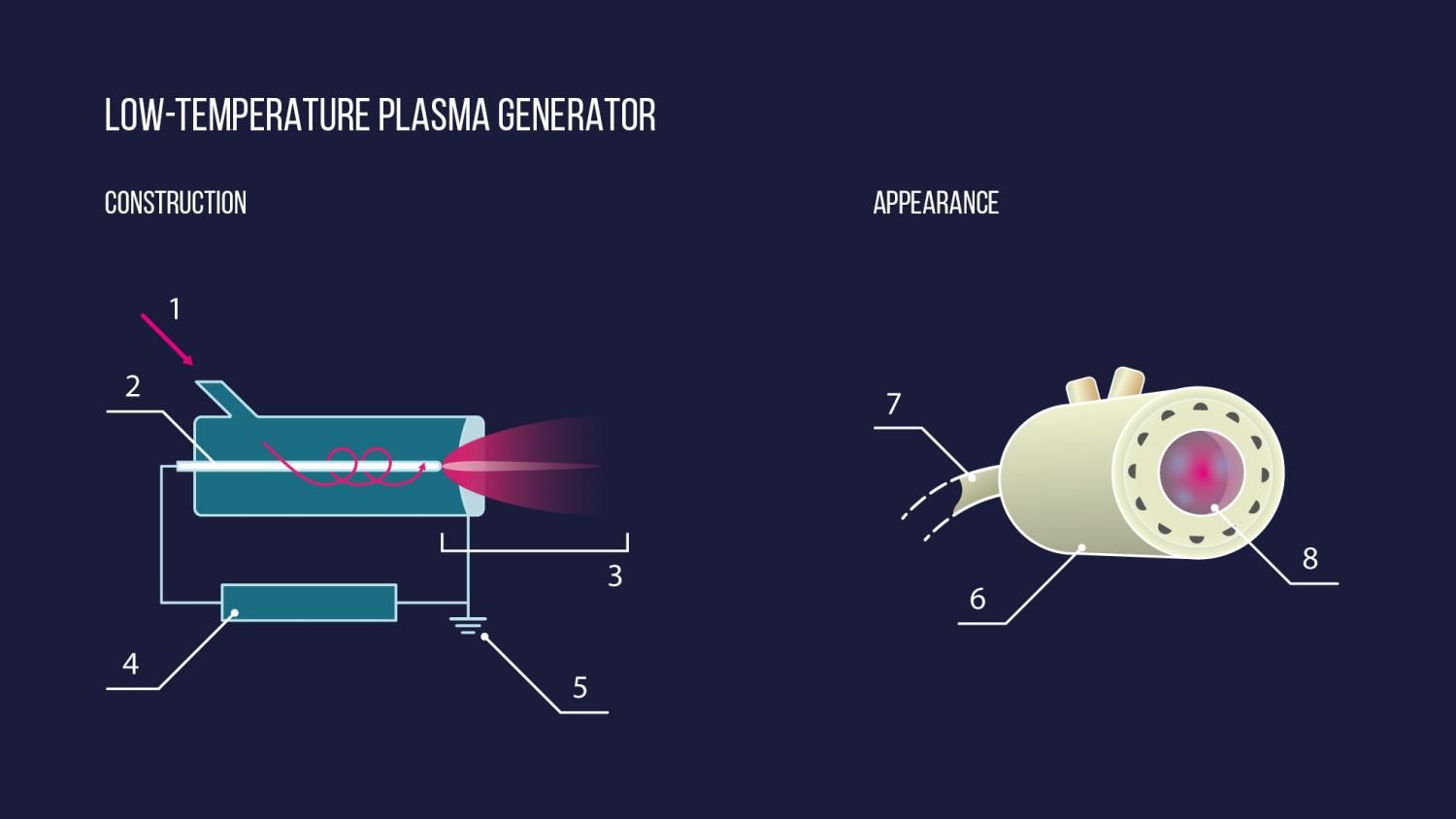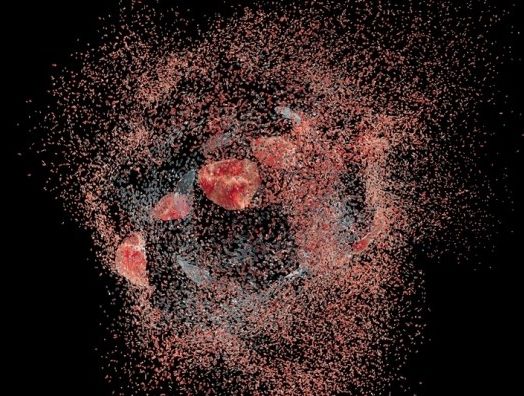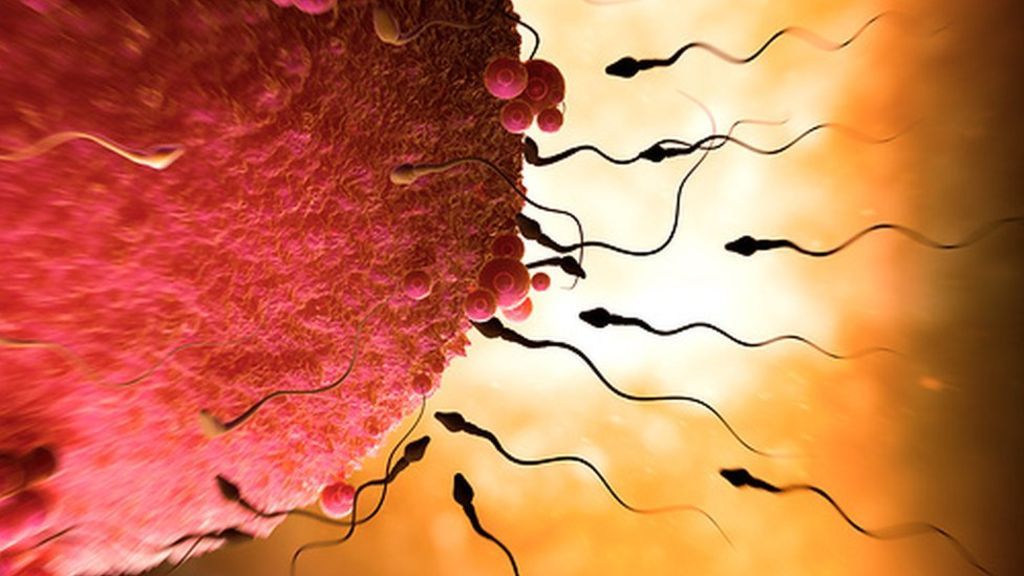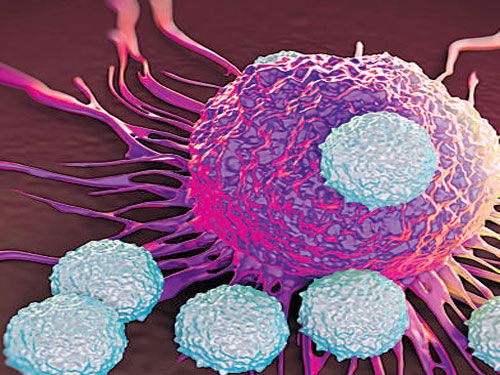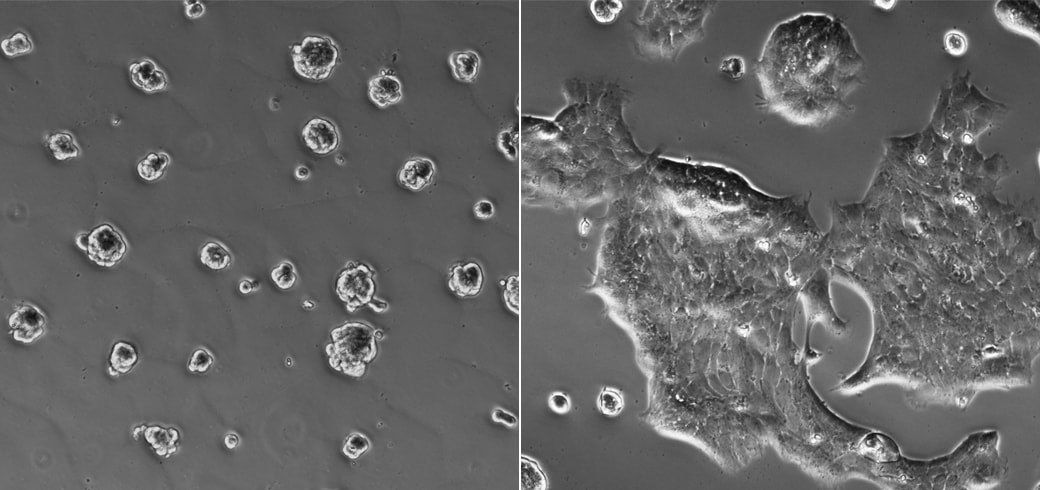Russian scientists have found that treating cells with cold plasma leads to their regeneration and rejuvenation. This result can be used to develop a plasma therapy program for patients with non-healing wounds. The paper has been published in the Journal of Physics D: Applied Physics.
Non-healing wounds make it more difficult to provide effective treatment to patients and are therefore a serious problem faced by doctors. These wounds can be caused by damage to blood vessels in the case of diabetes, failure of the immune system resulting from an HIV infection or cancers, or slow cell division in elderly people. Treatment of non-healing wounds by conventional methods is very difficult, and in some cases impossible.
Cold atmospheric-pressure plasma refers to a partially ionized gas—the proportion of charged particles in the gas is close to 1 percent, with a temperature below 100,000 K. Its application in biology and medicine is possible through the advent of plasma sources generating jets at 30–40?°C.
